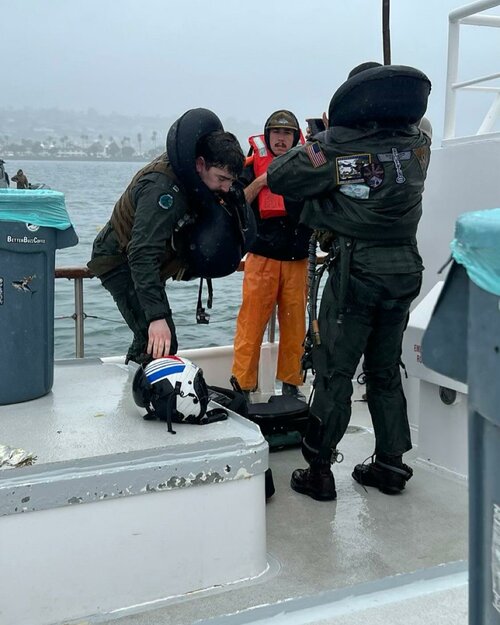The Navy tended to like the 4 or 5 Mk83 load out, the difference being the 4-bomb load carried a jamming pod on the centerline while the 5-bomb load had the 5th on the centerline. It's one reason the Superbug was welcome as it brought an extra two and when JADM came along they could carry 6, plus two tanks, and a 7th or another tank on the centerline. Seven GBU-32's are a bad day for most sets of DMPI's, -31's only deepen the crater, throw the debris farther and leave behind smaller pieces, but are really nice when you want to leave behind a big whole.Weren't they loaded with 4 Mk84 each? Not that expensive, but seriously limiting the Hornet's already limited capability to run away.
As for running away, my gut tells me 4 slick 84's on pylons will have a lower drag index than 4 83's on BRU's. The interference drag is much higher. Anyone with a NATOP's is free to fact check me, as mine is on the HD with a fried MB.



